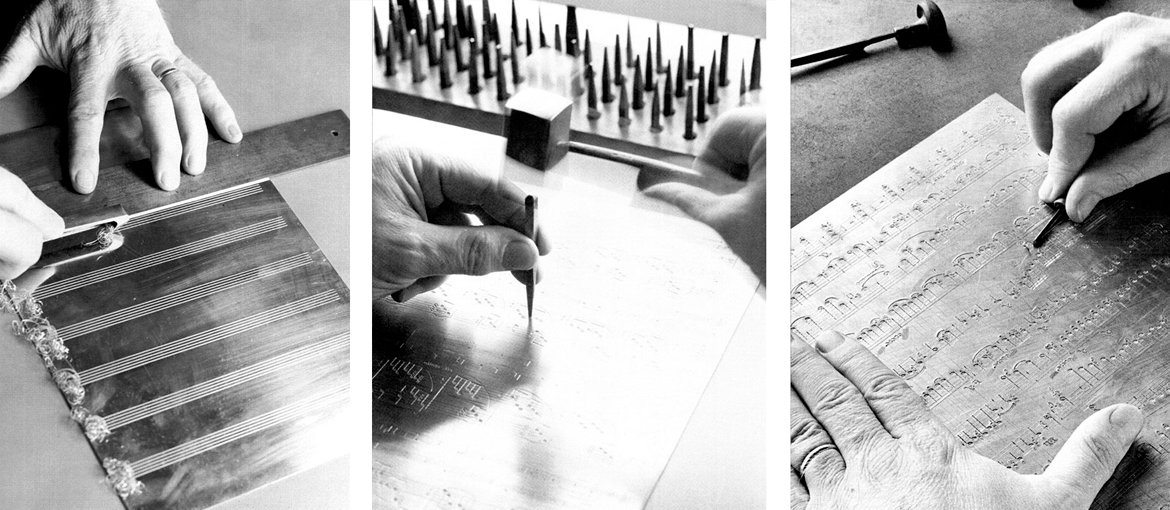Discussing the “history of printing” often brings to mind the evolution of textual printing. Yet, alongside it, the printing of music notation emerged as a parallel development, intertwining advancements in technology yet facing unique complexities. This narrative highlights the journey from simple song instructions to intricate systems for orchestrating music.
Initially, musical notation predates conventional writing materials, with the oldest evidence in Babylonia around 2000 BCE, and in Ancient Greece, where symbols indicated pitch. The Middle Ages saw the birth of modern musical notation with the adoption of the tetragrammaton, evolving into detailed manuscripts within abbeys.
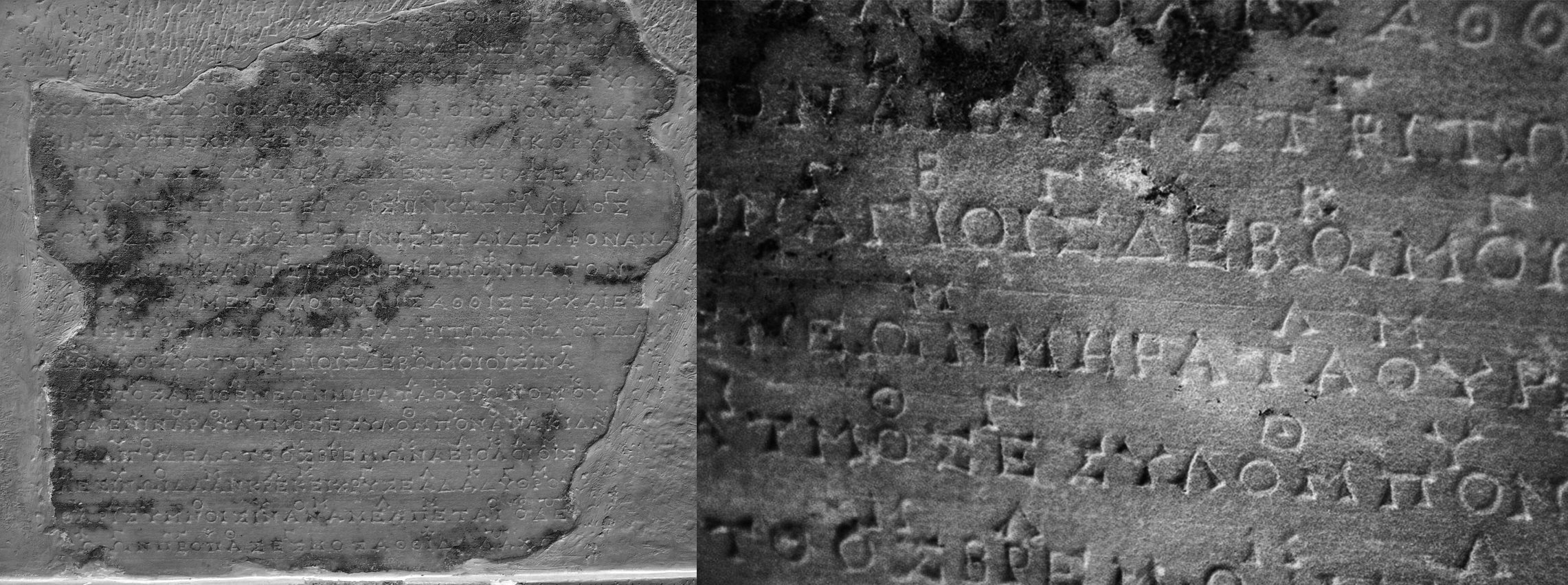
Temple of Apollo
a
Delphi
, on one of the outer walls of the Athenian Treasury. They date the first to 138 BC and the second to 128 BC.
The advent of movable type printing revolutionized text dissemination but posed challenges for music due to the intricacies of aligning notes and text. Ottaviano Petrucci’s triple printing method offered elegance but lacked efficiency, whereas John Rastell’s integrated typeface approach became more widespread, despite its compromises.
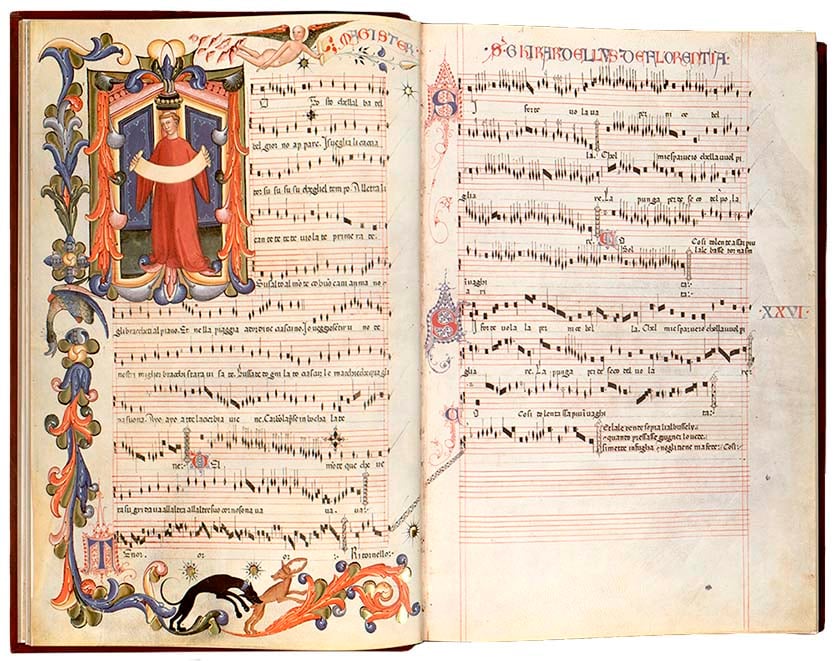
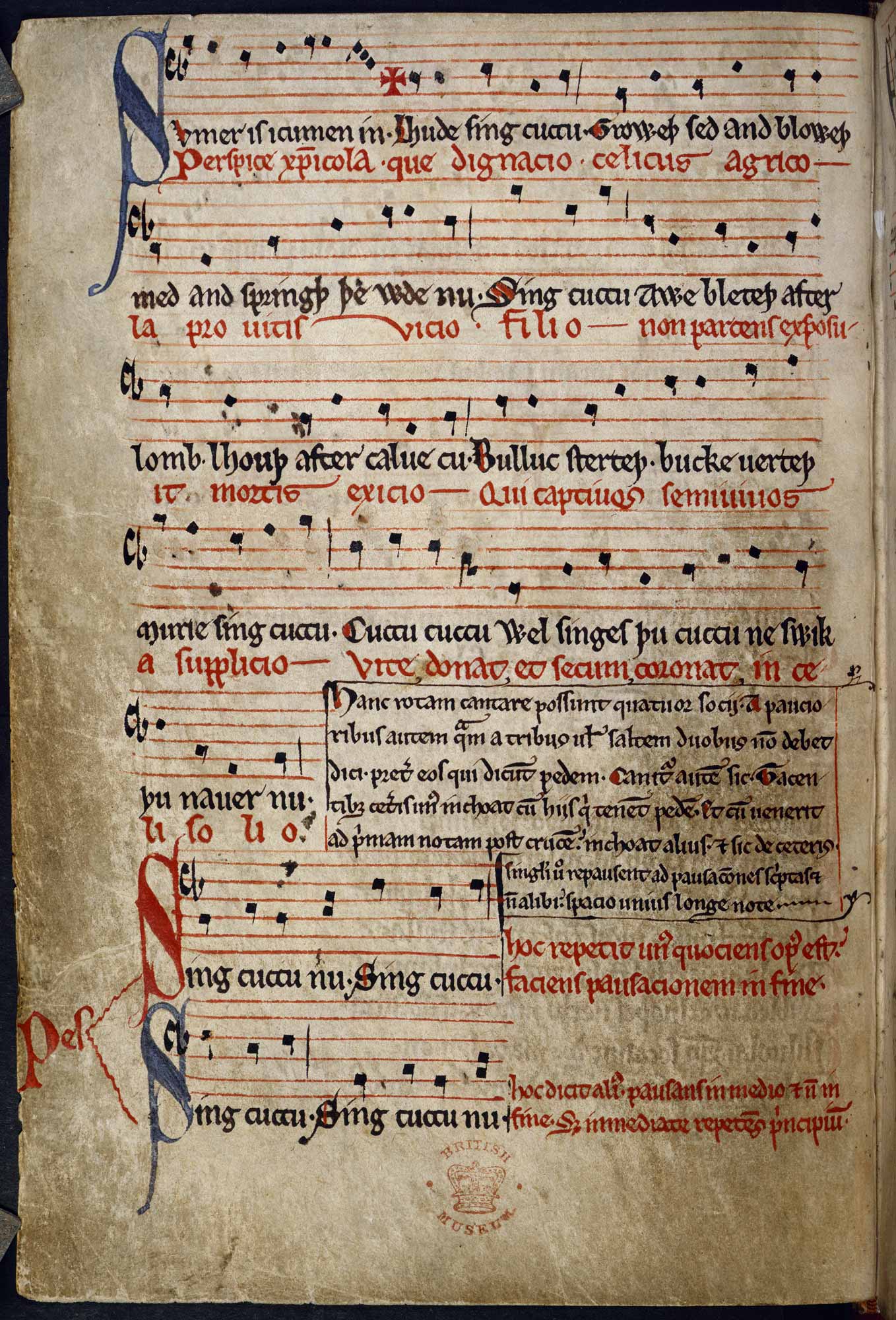
Engraving on plates emerged as a preferred method for its fidelity to manuscripts, a practice maintained by publishers like G. Henle Verlag until the late 20th century. This technique allowed for precision but eventually gave way to photographic technologies.

Despite the mechanization of printing, the personal touch of handwritten notations remained invaluable for composers, blending tradition with technological advances. In the modern era, computer software like Finale and Sibelius has transformed music notation, streamlining the creation, editing, and sharing of music scores while accommodating a variety of musical expressions and instruments. This digital evolution underscores the ongoing relationship between musical notation and printing technology, reflecting both historical roots and contemporary needs.
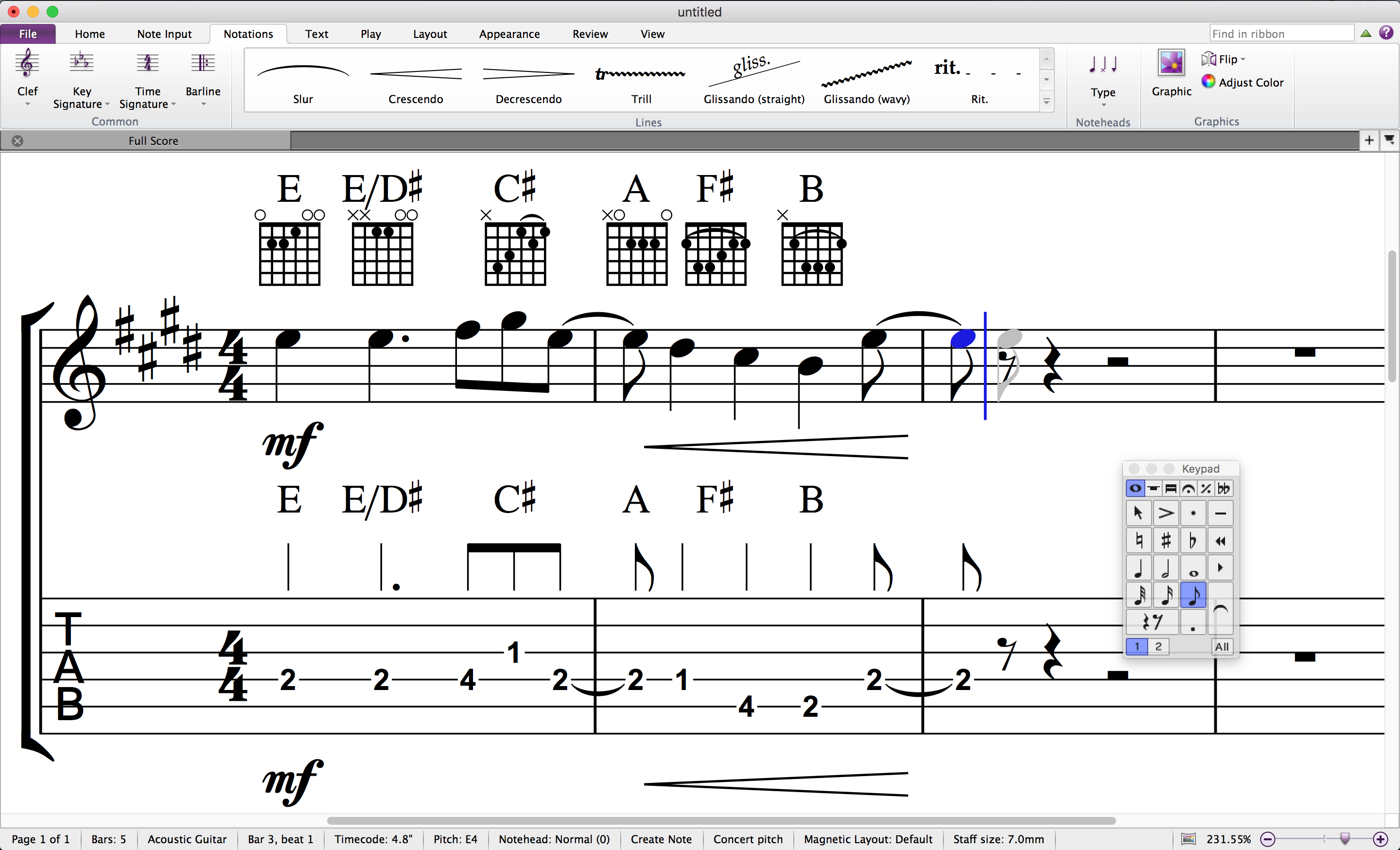
Sibelius.

